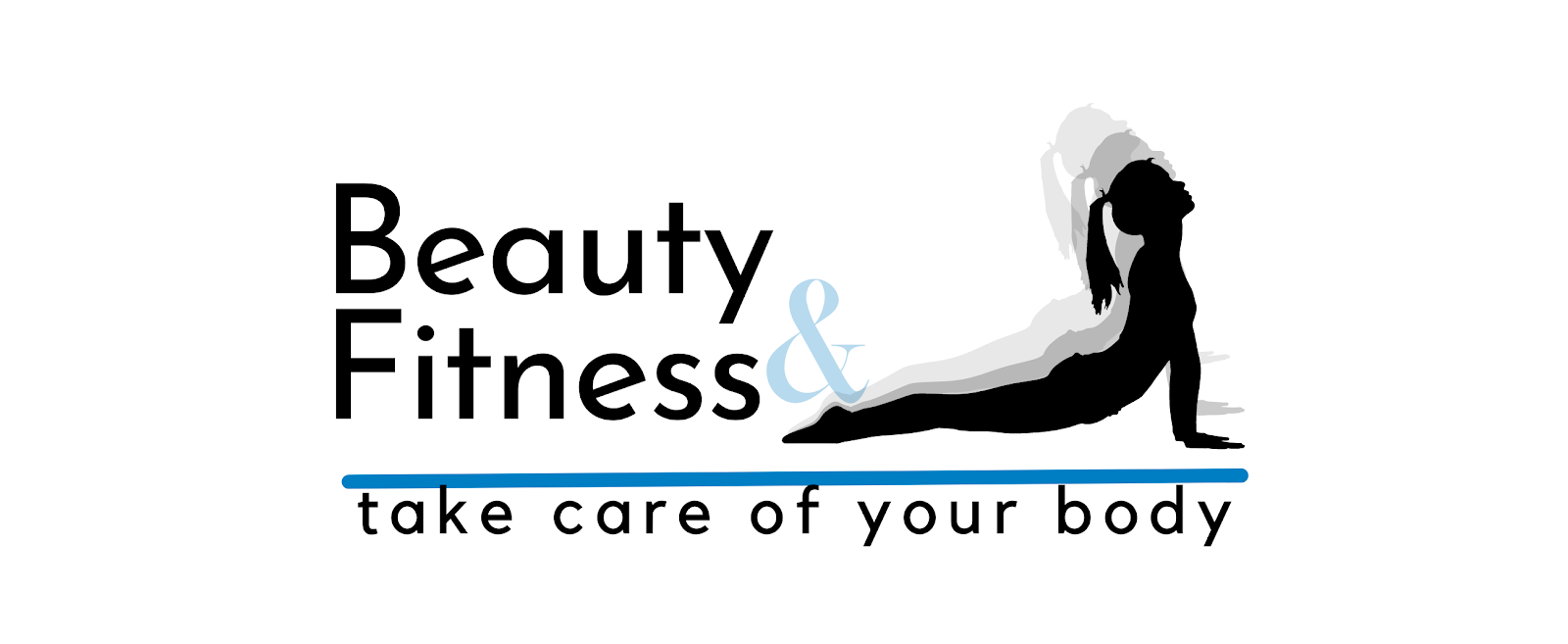Another common use of concealer is to cover blemishes and acne scars.
Acne can leave behind unsightly marks on the skin, and concealer can help
to minimize their appearance. When choosing a concealer for this purpose,
look for a product that is creamy and pigmented. This will help to provide
enough coverage to hide the blemish without looking cakey or
unnatural.
Concealer can also be used to highlight and contour the face.
Highlighting involves using a lighter shade of concealer to bring
attention to certain areas of the face, such as the cheekbones, brow bone,
and the bridge of the nose. Contouring involves using a darker shade of
concealer to create shadows and define the features of the face, such as
the jawline and temples. When using concealer for highlighting and
contouring, it's important to
blend the product
well to achieve a natural-looking finish.
When choosing a concealer, it's important to consider your skin type and
concerns. If you have dry skin, a creamy concealer may be a better option
as it will provide hydration and moisture to the skin. If you have oily
skin, a matte concealer may be a better option as it will help to control
shine and prevent the product from sliding off the skin.
It's also important to consider the coverage level of the concealer. If
you have minimal imperfections, a sheer or light-coverage concealer may be
sufficient. However, if you have more significant imperfections, a
full-coverage concealer may be necessary. Full-coverage concealers are
typically thicker and more pigmented, and they can provide complete
coverage of blemishes and dark circles.
When applying concealer, it's prime to use the right tools. Many people
prefer to use a brush to apply concealer as it can provide a more precise
application. However, using your fingers can also work well, especially if
you are looking for a more natural finish. When applying
concealer under the
eyes, use a small amount of product and blend it out gently with a brush
or your fingers.
Concealer can also be used in combination with other makeup products to
create a flawless look. For example, after applying concealer, you may
want to set it with a powder to help it stay in place and prevent
creasing. You can also use concealer as a base for eyeshadow or lipstick
to help the colors pop and last longer.
In addition to traditional concealers, there are also color-correcting
concealers available. These products are designed to counteract specific
color concerns, such as redness or discoloration. For example, a green
color-correcting concealer can help to neutralize redness, while a peach
or orange color-correcting concealer can help to counteract dark
circles.
In conclusion, concealer is a
versatile beauty
product that can help to cover imperfections and create a flawless
look















0 Comments